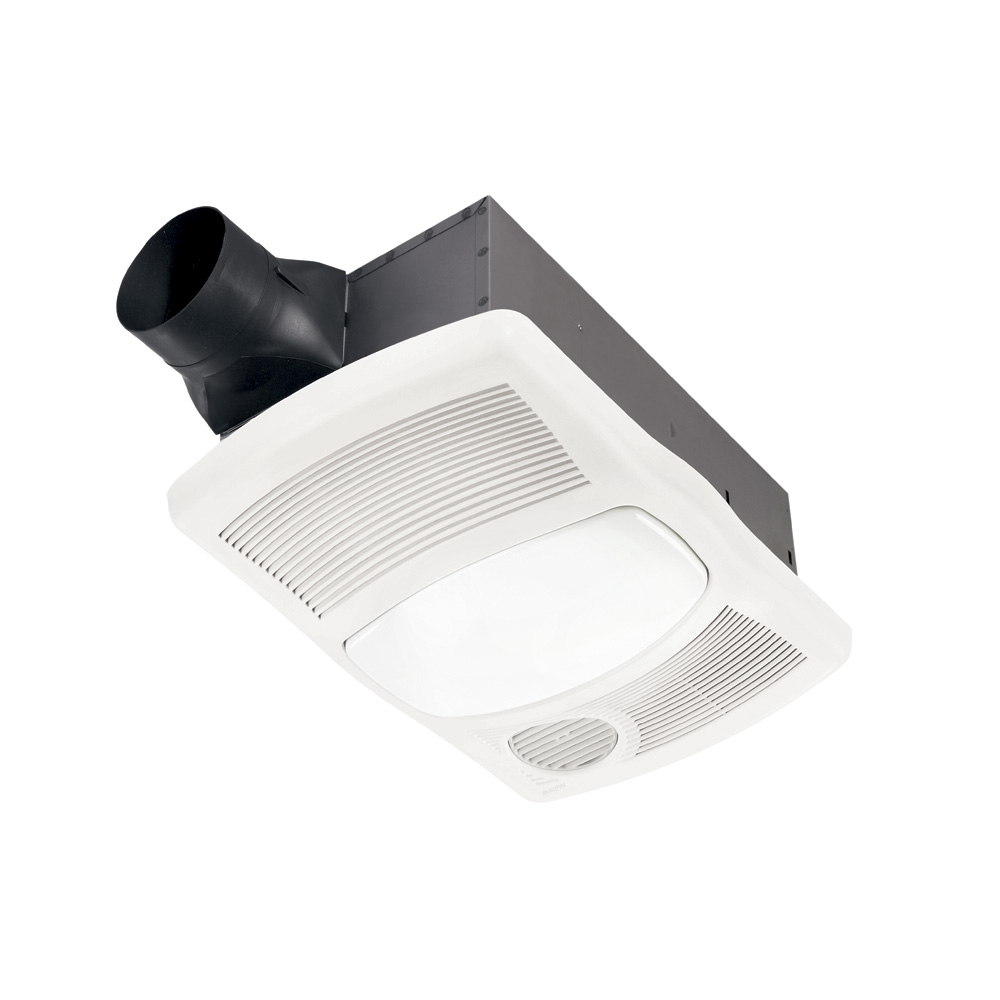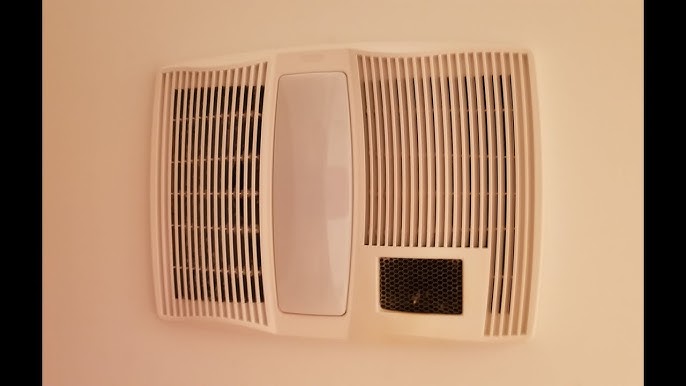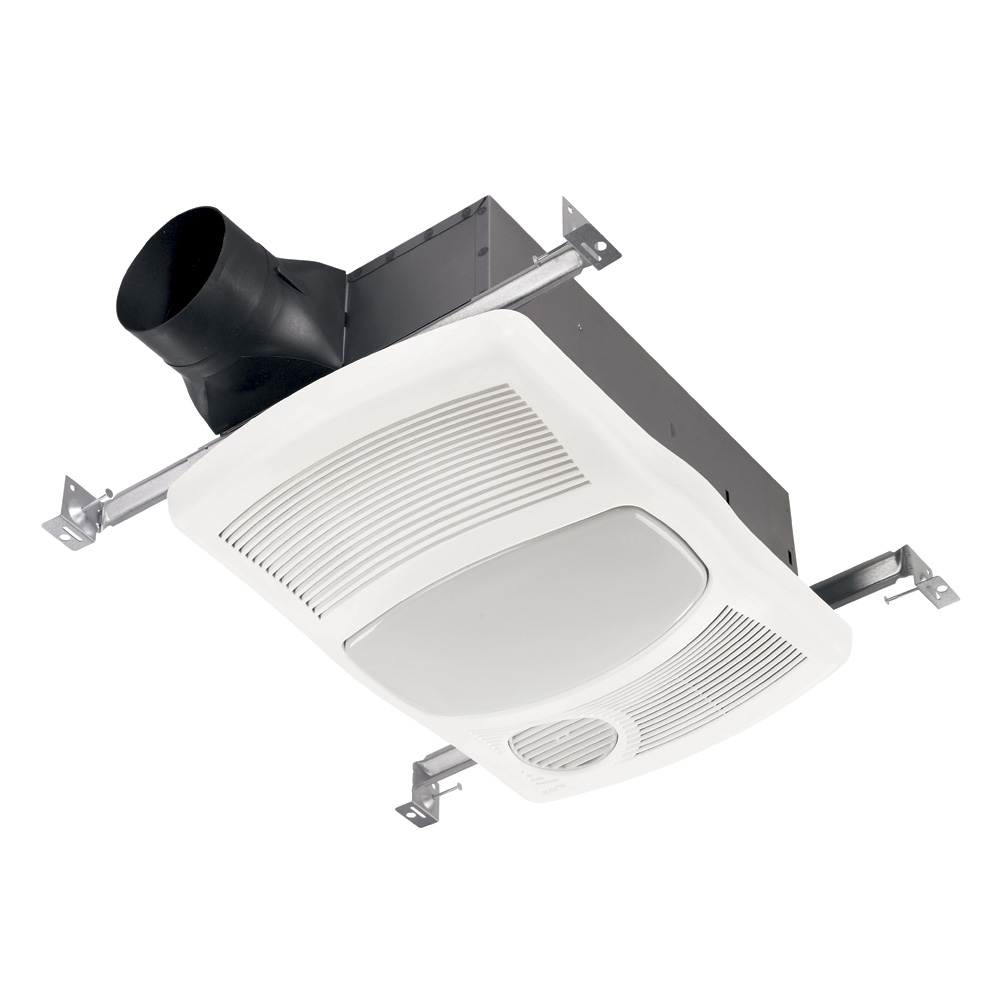Is your bathroom fan heater suddenly not working? You rely on it to keep your bathroom warm and comfortable, especially during chilly mornings.
When it stops heating, it can be frustrating and uncomfortable. But don’t worry—understanding why your bathroom fan heater isn’t working is easier than you think. You’ll discover the common reasons behind the problem and simple steps you can take to fix it.
Keep reading, and soon your bathroom will feel cozy again.
Common Causes Of Failure
Bathroom fan heaters stop working for several common reasons. Knowing these helps you find the problem fast. Many issues are easy to fix without calling a professional.
Below are the main causes of failure. Each one affects the heater’s performance in different ways.
Power Supply Issues
The fan heater needs steady power to run. Loose wires or broken plugs can cut the power. Check if the heater is properly plugged in. Also, test the wall outlet with another device.
Faulty Thermostat
The thermostat controls the heater’s temperature. A broken thermostat can stop the heater from turning on or off. It may give wrong temperature readings. Replace the thermostat if it does not work right.
Blocked Airflow
Dust and debris can block the heater’s vents or fan. Blocked airflow makes the heater overheat and shut down. Clean the vents and fan regularly. This keeps air flowing and the heater working well.
Worn Out Motor
The motor powers the fan. Over time, it can wear out or burn out. A worn motor causes noise or stops the fan completely. Replacing the motor fixes this issue and restores function.
Blown Fuse Or Tripped Breaker
A fuse or circuit breaker protects the heater from electrical faults. A blown fuse or tripped breaker cuts power to the heater. Check your fuse box and reset or replace parts if needed.
Simple Troubleshooting Steps
Bathroom fan heaters can stop working for many reasons. Simple troubleshooting steps help find the problem fast. These steps save time and may avoid calling a technician. Follow each step carefully to check common issues.
Checking The Power Source
First, check if the fan heater is plugged in properly. Look for loose or disconnected wires. Test the outlet by plugging another device. If the outlet does not work, check your home’s power supply.
Inspecting The Thermostat Settings
Check the thermostat settings on the fan heater. Make sure it is set to a temperature higher than the room’s current temperature. A low setting can stop the heater from turning on. Adjust the thermostat and watch for changes.
Clearing Obstructions
Remove any dust or debris blocking the fan or vents. Obstructions reduce airflow and cause the heater to overheat. Clean the fan blades and vents carefully. This helps the heater work efficiently and safely.
Testing The Motor Function
Listen for sounds when the fan is on. A humming or no sound may mean the motor is stuck or broken. Gently try to spin the fan blades. If they do not move easily, the motor may need repair or replacement.
Resetting The Circuit Breaker
Check your home’s circuit breaker panel. Find the switch for the bathroom or heater. If it is off or tripped, turn it off and then on again. Resetting the breaker can restore power to the fan heater.
Diy Repairs For Quick Fixes
Bathroom fan heaters may stop working due to simple issues. Many problems can be fixed at home without calling a technician. Basic tools and a little patience help you solve common faults fast. These quick DIY repairs save time and money.
Replacing The Thermostat
The thermostat controls the heater’s temperature. A broken thermostat stops the fan heater from working. Turn off power before starting. Remove the cover to access the thermostat. Disconnect the old thermostat carefully. Connect the new thermostat in the same way. Test the heater after replacement to ensure it works.
Cleaning The Fan And Vents
Dirt and dust block airflow and cause overheating. Remove the fan cover and use a brush or cloth to clean dust from the fan blades. Clean the vents to let air flow freely. Regular cleaning improves heater performance and safety.
Lubricating Moving Parts
Dry or stiff parts make noise and reduce fan speed. Use a few drops of light machine oil on the fan motor bearings. Avoid over-oiling, which attracts dust. Proper lubrication helps the fan run smoothly and quietly.
Changing The Fuse
A blown fuse cuts off power to the heater. Find the fuse box in the fan heater. Use a fuse tester or multimeter to check the fuse. Replace it with the same type and rating. Check the heater again after changing the fuse.
Rewiring Loose Connections
Loose wires cause the heater to stop working. Turn off power before starting. Open the heater cover and inspect all wire connections. Tighten any loose wires with a screwdriver. Ensure all connections are secure and safe. This often restores the heater’s function quickly.

Credit: www.broan-nutone.com
When To Call A Professional
Knowing when to call a professional for your bathroom fan heater can save time and prevent damage. Some problems look simple but need expert care. Handling electrical parts without skills risks safety and device damage. A professional can find hidden issues and fix them correctly.
Complex Electrical Problems
Bathroom fan heaters have electrical wiring inside. Faulty wiring can cause the heater to stop working. Complex electrical problems need a skilled electrician. They have the right tools and knowledge to fix wiring safely. Avoid trying to fix electrical faults yourself.
Motor Replacement Needs
The motor powers the fan heater. If the motor is broken, the fan won’t spin. Replacing a motor is not easy for beginners. It needs special parts and skills. A technician can replace the motor quickly and correctly. This ensures the heater works as it should.
Persistent Heating Issues
Sometimes, the heater stops warming the bathroom. This can happen due to thermostat or heating element failure. Persistent heating problems may need professional diagnosis. A professional can test parts and find the exact cause. This stops the problem from returning.
Safety Concerns
Bathroom fan heaters use electricity near water. Faulty heaters can cause electric shocks or fires. Safety must be the top priority. If you notice sparks, burning smells, or the heater trips the breaker, call a professional. They will ensure your heater is safe to use.
Preventive Maintenance Tips
Keeping your bathroom fan heater in good shape saves you time and money. Regular care stops many common problems. Small checks and simple steps keep the heater working well. Here are some easy tips to follow.
Regular Cleaning Schedule
Dust and dirt block the fan and heating parts. Clean the fan every few weeks. Use a soft brush or cloth to remove dust. Make sure the heater is off and cool before cleaning. A clean fan runs quieter and lasts longer.
Routine Electrical Checks
Check the wires and plugs for damage often. Look for loose connections or worn parts. Turn off power before inspecting. Fix or replace any broken wires quickly. Safe wiring stops many failures and hazards.
Proper Usage Practices
Do not run the heater for too long. Use the heater only when needed. Avoid covering the fan or blocking airflow. Keep water away from the heater area. Good habits help the heater work better and last longer.
Upgrading Older Units
Old heaters may not work well or safely. Consider replacing units over 10 years old. New models use less energy and heat faster. Upgrades reduce risks and improve bathroom comfort.

Credit: www.youtube.com

Credit: www.broan-nutone.com
Frequently Asked Questions
Why Is My Bathroom Fan Heater Not Turning On?
Check the power supply and circuit breaker. Loose wires or a blown fuse can stop it.
Can A Dirty Fan Cause Heater Failure?
Yes. Dust buildup blocks airflow and can make the heater stop working properly.
How Do I Reset A Bathroom Fan Heater?
Locate the reset button on the unit. Press it to restart the heater safely.
Could A Faulty Thermostat Stop The Heater?
Yes. A broken thermostat won’t detect temperature changes and may prevent heating.
Is The Bathroom Fan Heater Noisy When Broken?
Strange noises often mean a mechanical issue or motor problem inside the heater.
Conclusion
A bathroom fan heater not working can cause discomfort and frustration. Check the power supply and switch first. Clean the fan and heater parts to remove dust. Inspect the wiring and connections for any damage. Replace faulty fuses or circuit breakers if needed.
Regular maintenance helps keep the heater running smoothly. Small problems often have simple fixes. Don’t ignore unusual noises or smells from the unit. Staying proactive saves time and money later. Keep your bathroom warm and safe with proper care.
